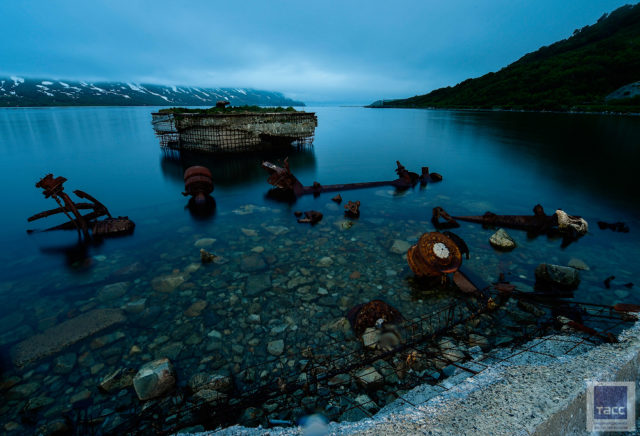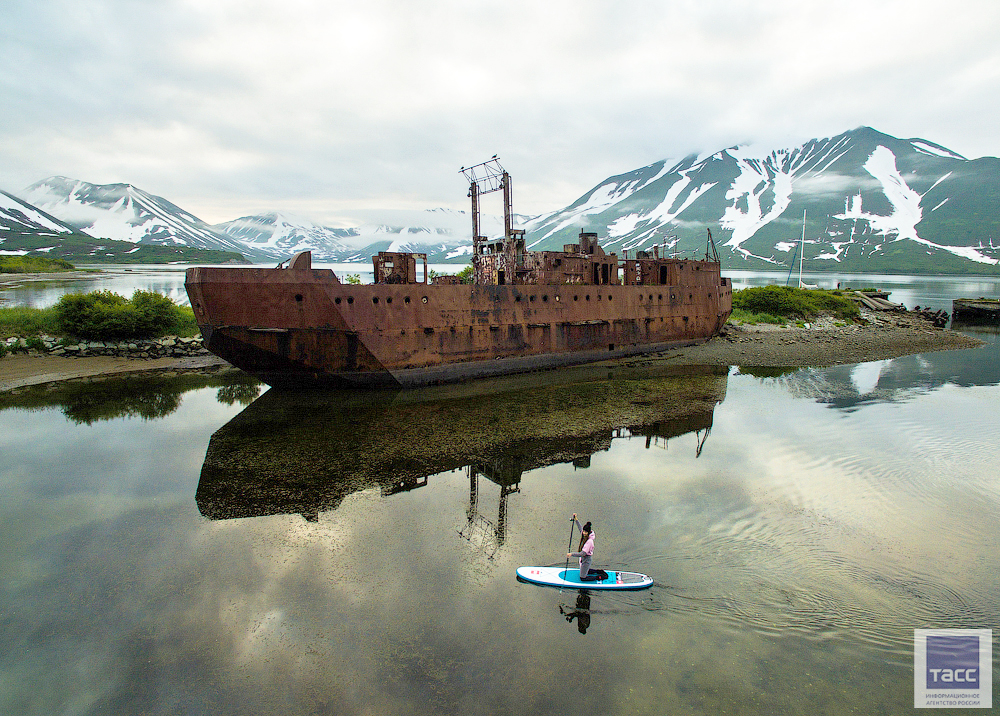Near the Soviet military town of Bechevinka stands the abandoned Kamchatka, a one-time secret base for submarines. The town of Bechevinka is located 75 miles from the city of Petropavlovsk-Kamchatsky, which is the administrative center of Kamchatka.
As well as being known as Bechevinka due to being sited on Bechevinskaya Bay or Finval, the base was also given the secret code name of Petropavlovsk-Kamchatsky-54. The codename lists the nearest city and the last two digits represent the zip code for the base.
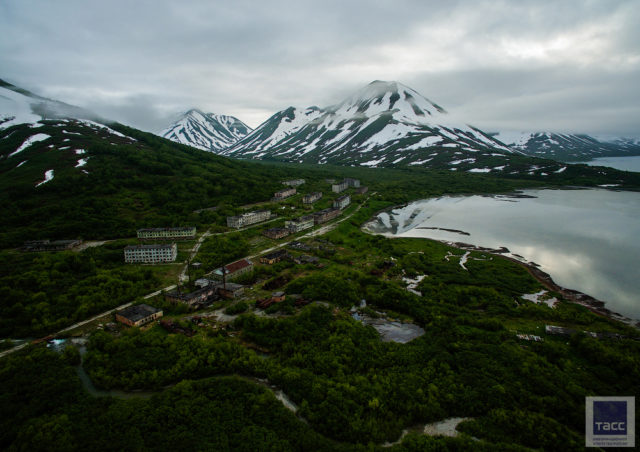
The Kamchatka peninsula is such an inhospitable place filled with glaciers and volcanoes that it is better known as Russia’s Land of Fire and Ice. Kamchatka can only be reached by sea, helicopter, or, in the winter, snowmobile, so Bechevinskaya Bay proved the perfect place to site a secret submarine base.
The Soviet military town and garrison were founded in the 1960s at the height of the Cold War when relations between Russia and the US were heating up. Initially, the submarines that used the base were those that passed along the Northern Sea Route. However, in August 1971, 12 submarines from the 182nd submarine brigade were transferred to Bechevinka.
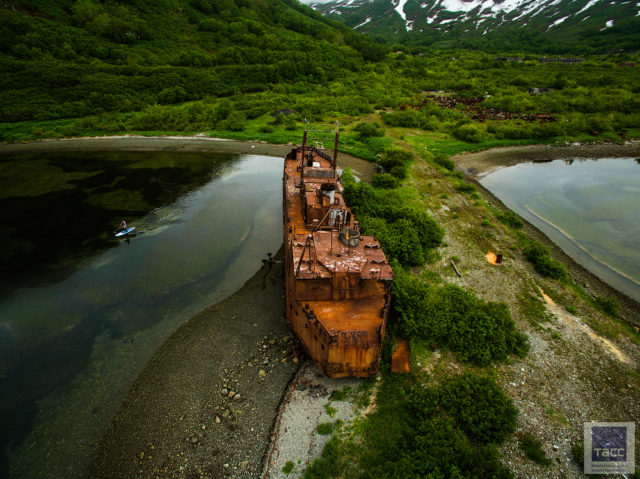
Following the usual Soviet procedure, while the new military base was being developed and submarines were being deployed, a town was built nearby for workers as well as military staff and their families.
Initially, the builders built several panel houses for themselves to live in while they worked, but they were eventually dismantled. Submarine crews had the use of a temporary floating base.
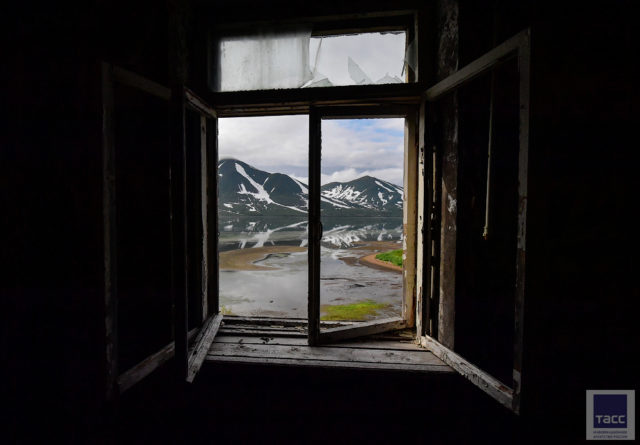
Eventually, the town of Bechevinka consisted of eight residential buildings, ranging from three to five floors high. All houses in the city were assigned numbers according to the order of their construction.
There was also a kindergarten, a hostel, a school, a grocery store, and a post office. There was even an entertainment club with space for an orchestra, but the building suffered a fire in 1987 and was razed to the ground.
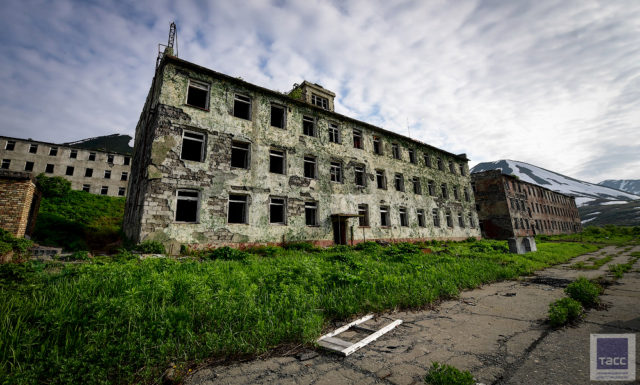
Alongside the residential buildings, the necessary military facilities were built. These included a headquarters building, barracks, a commandant’s office, storage facilities, a boiler room, a diesel substation, and a fuel warehouse.
The hills around Bechevinka acted as an additional line of defense. To make them even more effective, fortified emplacements were hidden within the hills.
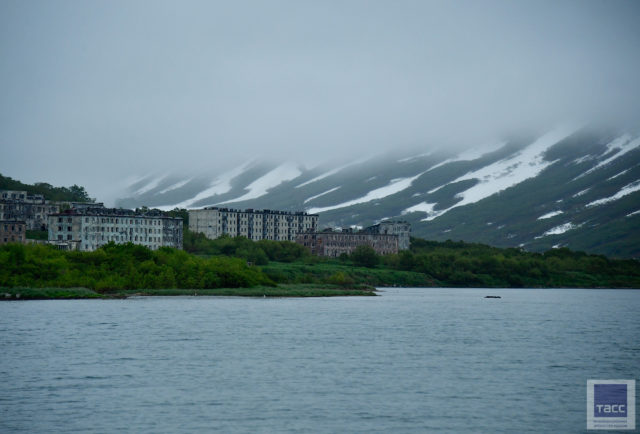
Once a week, a supplies ship sailed from Petropavlovsk-Kamchatsky to the submarine base. At night, the ship was unloaded, and the next morning, the grocery store would be able to provide local residents with food and essential items. The ship also brought mail to be delivered.
This ship was the only link to the outside world since there was no ground transport or communication links between Bechevinka and other cities. If there was an emergency, then a helicopter would fly in, which also brought some authorities to the garrison.
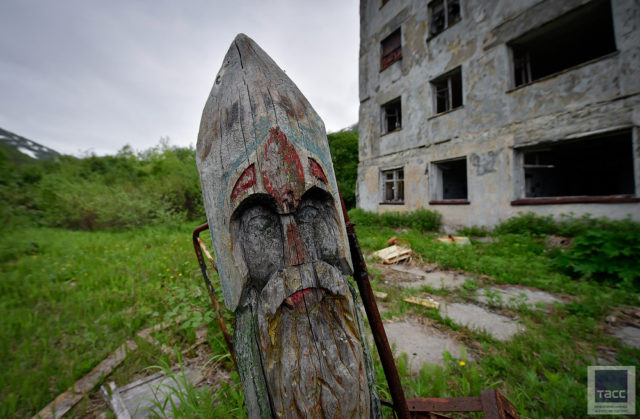
However, the base at Kamchatka was not active for long. In 1996, five years after the collapse of the USSR, cost-saving measures resulted in all the submarines deployed there being reassigned to other ports. The garrison was disbanded.
The local population left the city, disconnecting the electricity and water supply before they left. The guns hidden in the hills, which had never been used, were left to rust. Two years later, the buildings and structures were written off from the accounts of the Ministry of Defense by a decree.
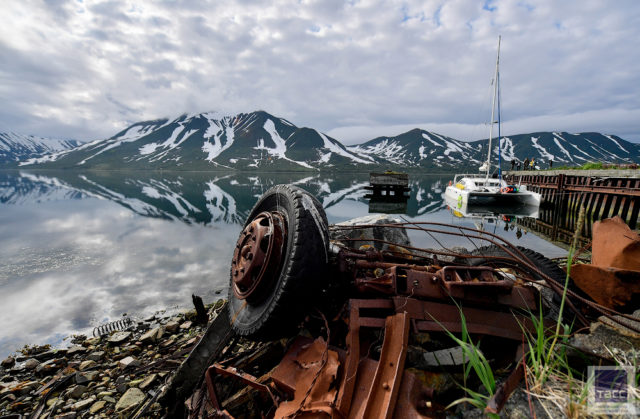
Today, the former Soviet abandoned military base is considered a ghost town and has become a tourist destination. As well as urban explorers, the Kamchatka area is popular with fishermen who hope to catch halibut. Snowboarders and skiers also like to freestyle among the ruins in the winter months.
The base’s location on the Kamchatka Peninsula was specifically designed to hide it from the world and ensure that no one accidentally stumbled across it. Consequently, it is a difficult place for tourists to visit, but it is still possible to get there either by helicopter or by boat for those determined to see it.
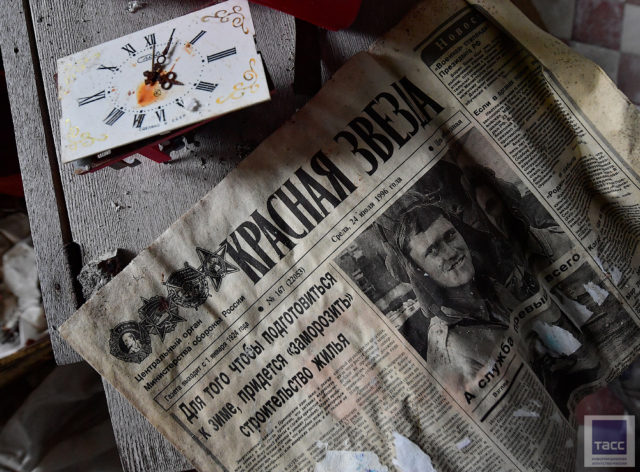
Some people describe it as a “creepy abandoned” place to visit. Of the many naval vessels that used to be stationed here, there are now only a few abandoned ships that lie rusting on the bank. When they left in a hurry, some of the local population left behind personal items such as prams, books, and newspapers, items that have fascinated urban explorers.
A big thank you to Yuri Smityuk, who allowed us to share his amazing photographs of the abandoned soviet base, which he took for TASS agency. Follow his Instagram page to see more of his photography work.
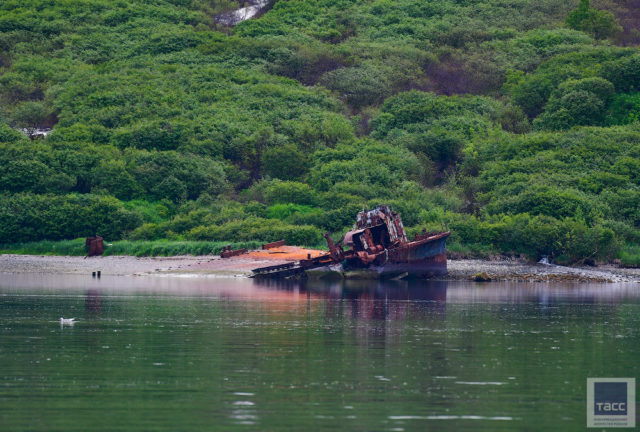

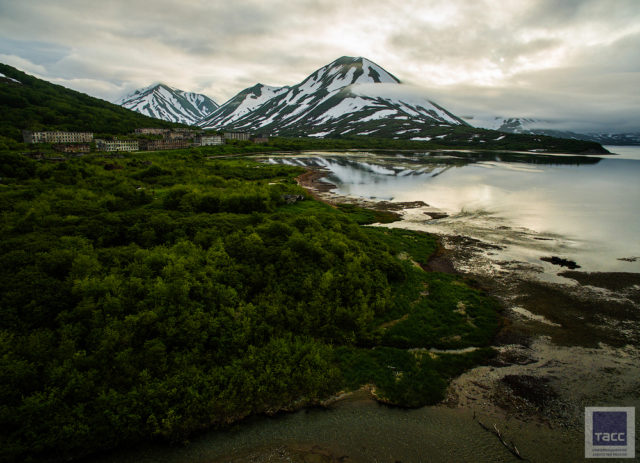
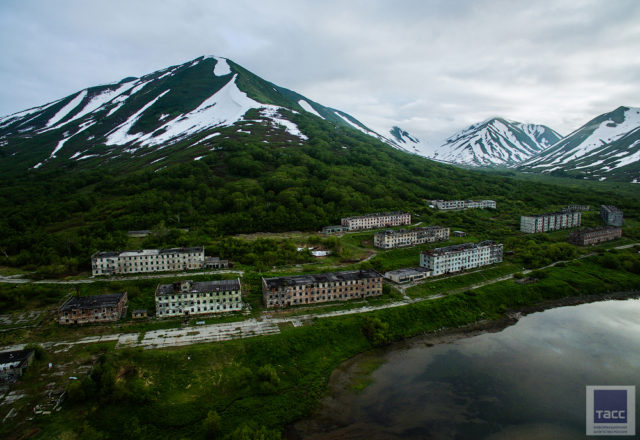
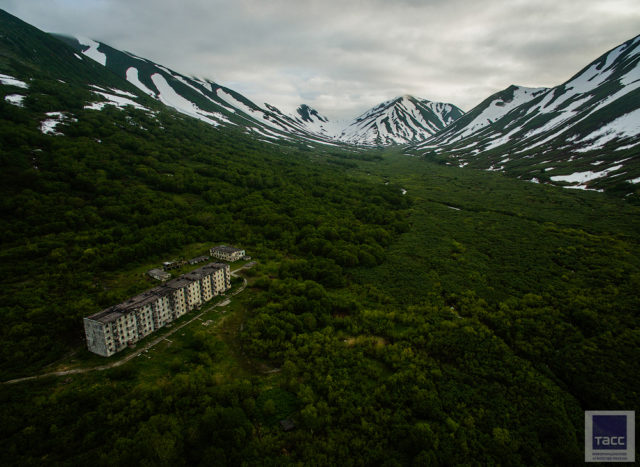
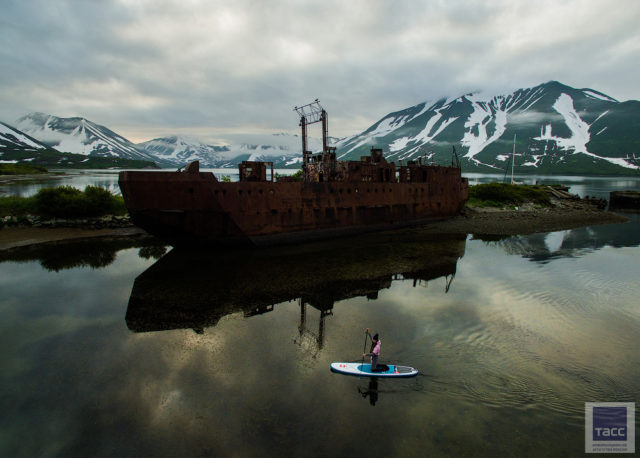
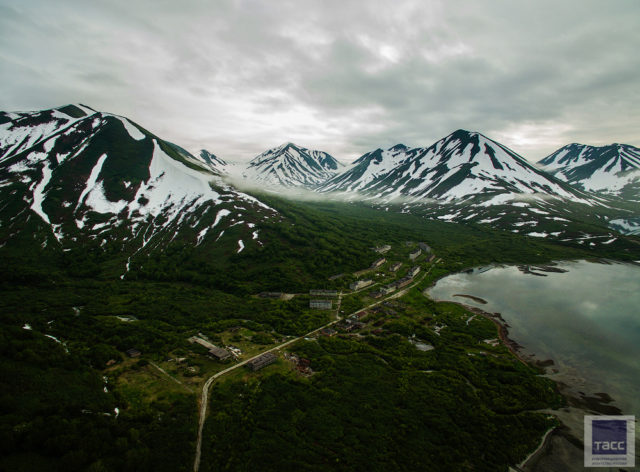
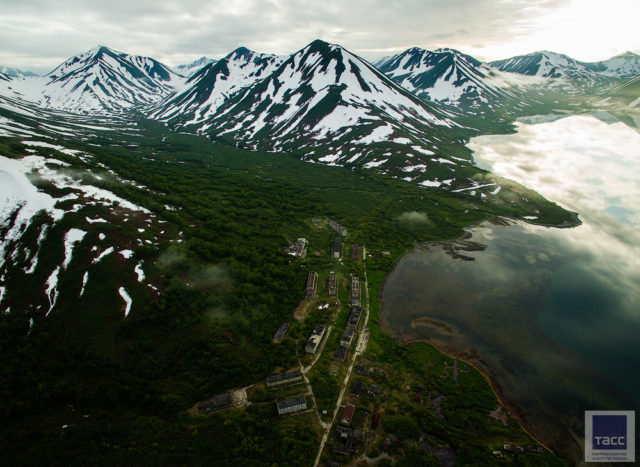
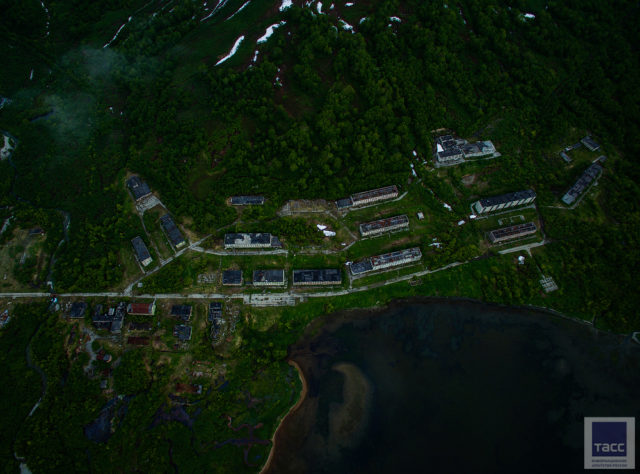
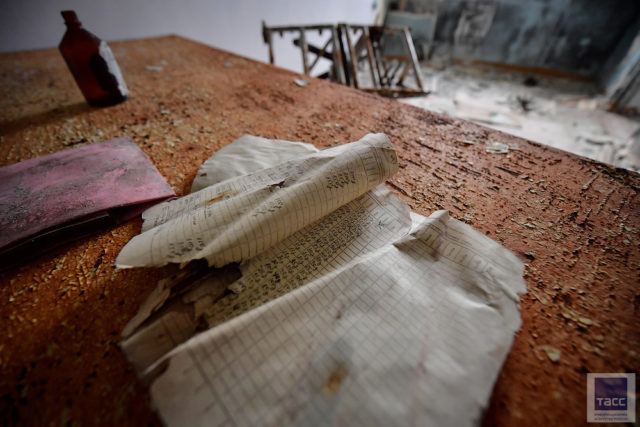
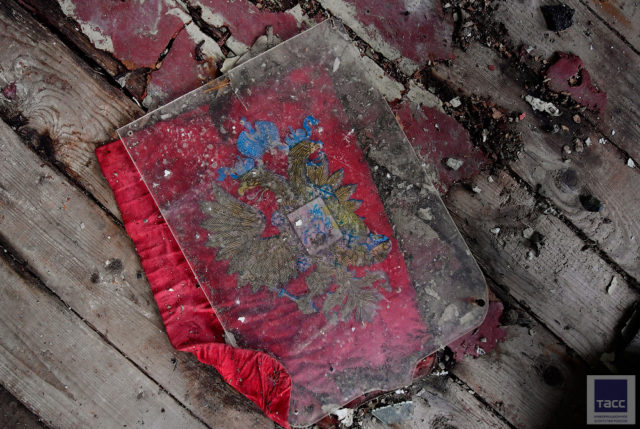

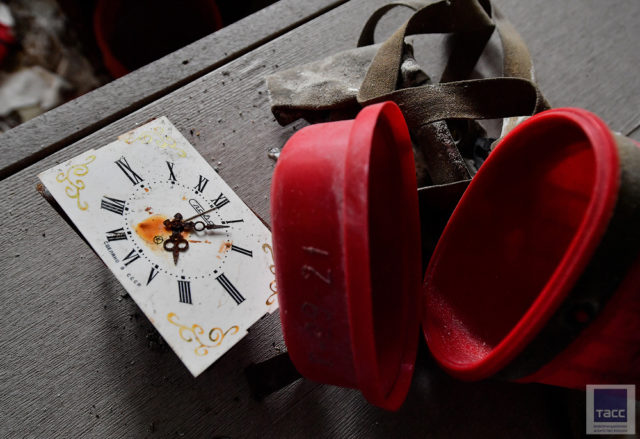
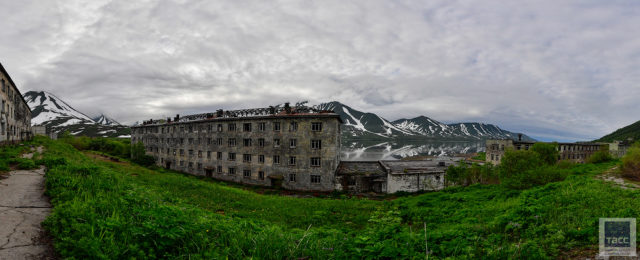

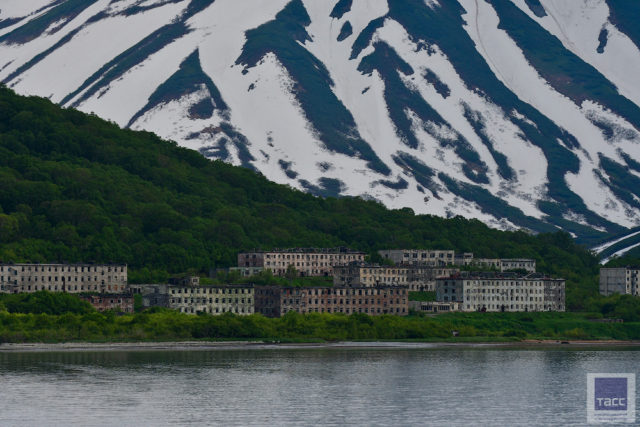
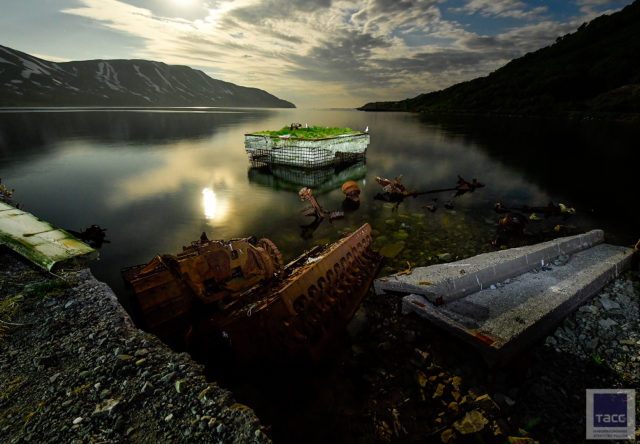

Another Article From Us: The Germans Wiped Out an Entire Village the Wrong Village: Oradour-sur-Glane
